

| Region rejsu : Północna Europa, Europa |
| Firma : Oceania Cruises |
| Statek : Sirena |
| Data rozpoczęcia : czw. 26 cze 2025 |
| Data zakończenia : wt. 08 lip 2025 |
| Liczba nocy : 12 nocy |
| Dzień | Data | Port | Wypłynięcie | Odpłynięcie |
|---|---|---|---|---|
| 1 | 26.06 czw. | Sztokholm / Sweden | 17:00 | |
| 2 | 27.06 pt. | Helsinki / Finland | 11:00 | |
| 3 | 28.06 sob. | Helsinki / Finland | 22:00 | |
| 4 | 29.06 niedz. | Kotka / Finland | 07:00 | 21:00 |
| 5 | 30.06 pon. | Tallinn / Estonia | 08:00 | 19:00 |
| 6 | 1.07 wt. | Saaremaa / Estonia | 07:00 | 17:00 |
| 7 | 2.07 śr. | Ryga / Łotwa | 08:00 | 17:00 |
| 8 | 3.07 czw. | Gdańsk / Polska | 12:00 | |
| 9 | 4.07 pt. | Gdańsk / Polska | 18:00 | |
| 10 | 5.07 sob. | Bóg w domu | 08:00 | 19:00 |
| 11 | 6.07 niedz. | Szczecin / Polska | 06:00 | 19:00 |
| 12 | 7.07 pon. | Tak jak | 12:00 | |
| 13 | 8.07 wt. | Tak jak | 19:00 |
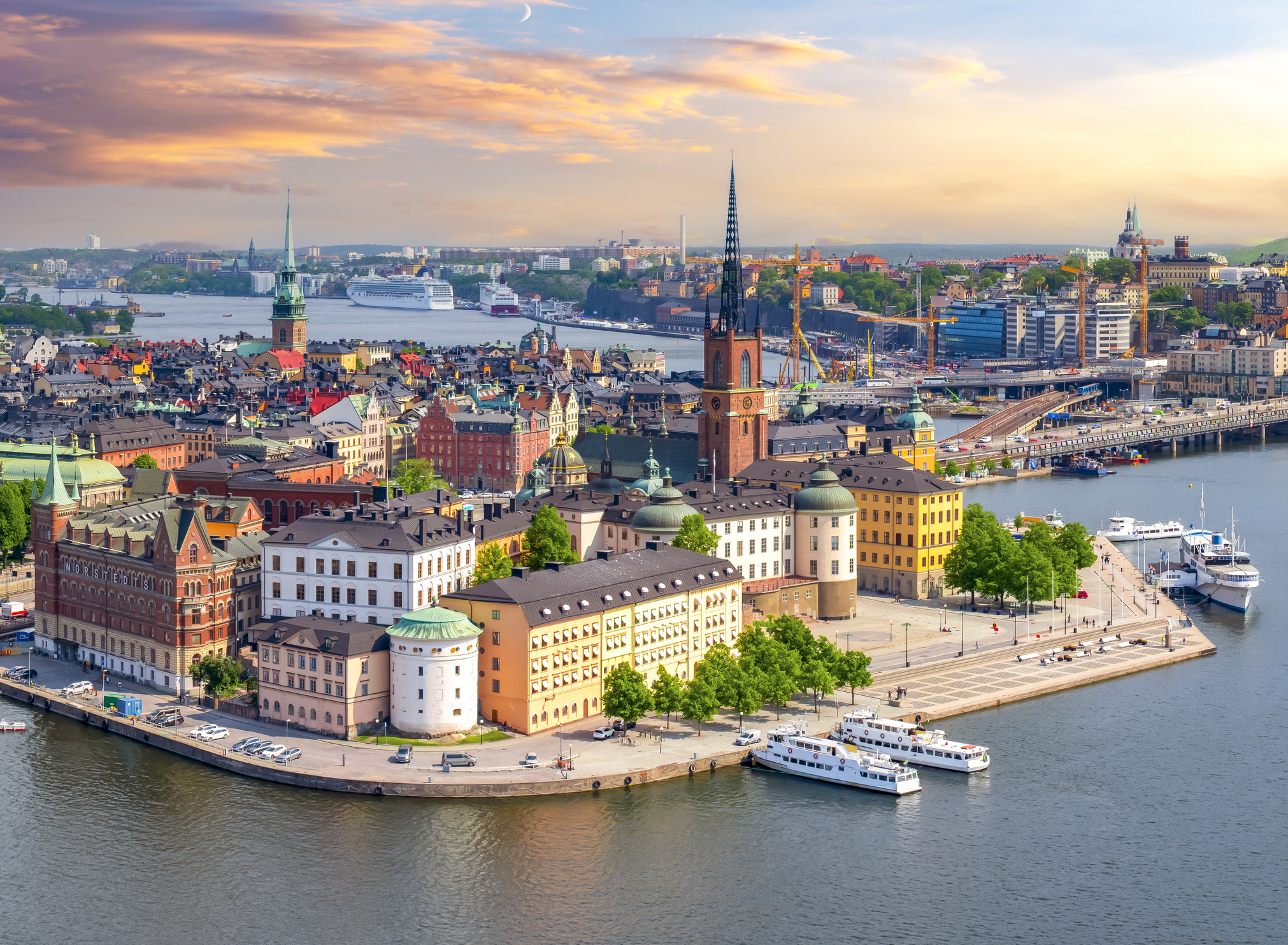
Stockholm is the capital of Sweden and the most populous urban area in the Nordic countries; 960,031 people live in the municipality, approximately 1.5 million in the urban area, and 2.3 million in the metropolitan area. The city stretches across fourteen islands where Lake Mälaren flows into the Baltic Sea. Just outside the city and along the coast is the island chain of the Stockholm archipelago. The area has been settled since the Stone Age, in the 6th millennium BC, and was founded as a city in 1252 by Swedish statesman Birger Jarl. It is also the capital of Stockholm County.
Stockholm is the cultural, media, political, and economic centre of Sweden. The Stockholm region alone accounts for over a third of the country's GDP, and is among the top 10 regions in Europe by GDP per capita. It is an important global city, and the main centre for corporate headquarters in the Nordic region. The city is home to some of Europe's top ranking universities, such as the Stockholm School of Economics, Karolinska Institute and Royal Institute of Technology (KTH). It hosts the annual Nobel Prize ceremonies and banquet at the Stockholm Concert Hall and Stockholm City Hall. One of the city's most prized museums, the Vasa Museum, is the most visited non-art museum in Scandinavia. The Stockholm metro, opened in 1950, is well known for the decor of its stations; it has been called the longest art gallery in the world. Sweden's national football arena is located north of the city centre, in Solna. Ericsson Globe, the national indoor arena, is in the southern part of the city. The city was the host of the 1912 Summer Olympics, and hosted the equestrian portion of the 1956 Summer Olympicsotherwise held in Melbourne, Victoria, Australia.
Stockholm is the seat of the Swedish government and most of its agencies, including the highest courts in the judiciary, and the official residencies of the Swedish monarch and the Prime Minister. The government has its seat in the Rosenbad building, the Riksdag (Swedish parliament) is seated in the Parliament House, and the Prime Minister's residence is adjacent at Sager House. Stockholm Palace is the official residence and principal workplace of the Swedish monarch, while Drottningholm Palace, a World Heritage Site on the outskirts of Stockholm, serves as the Royal Family's private residence.
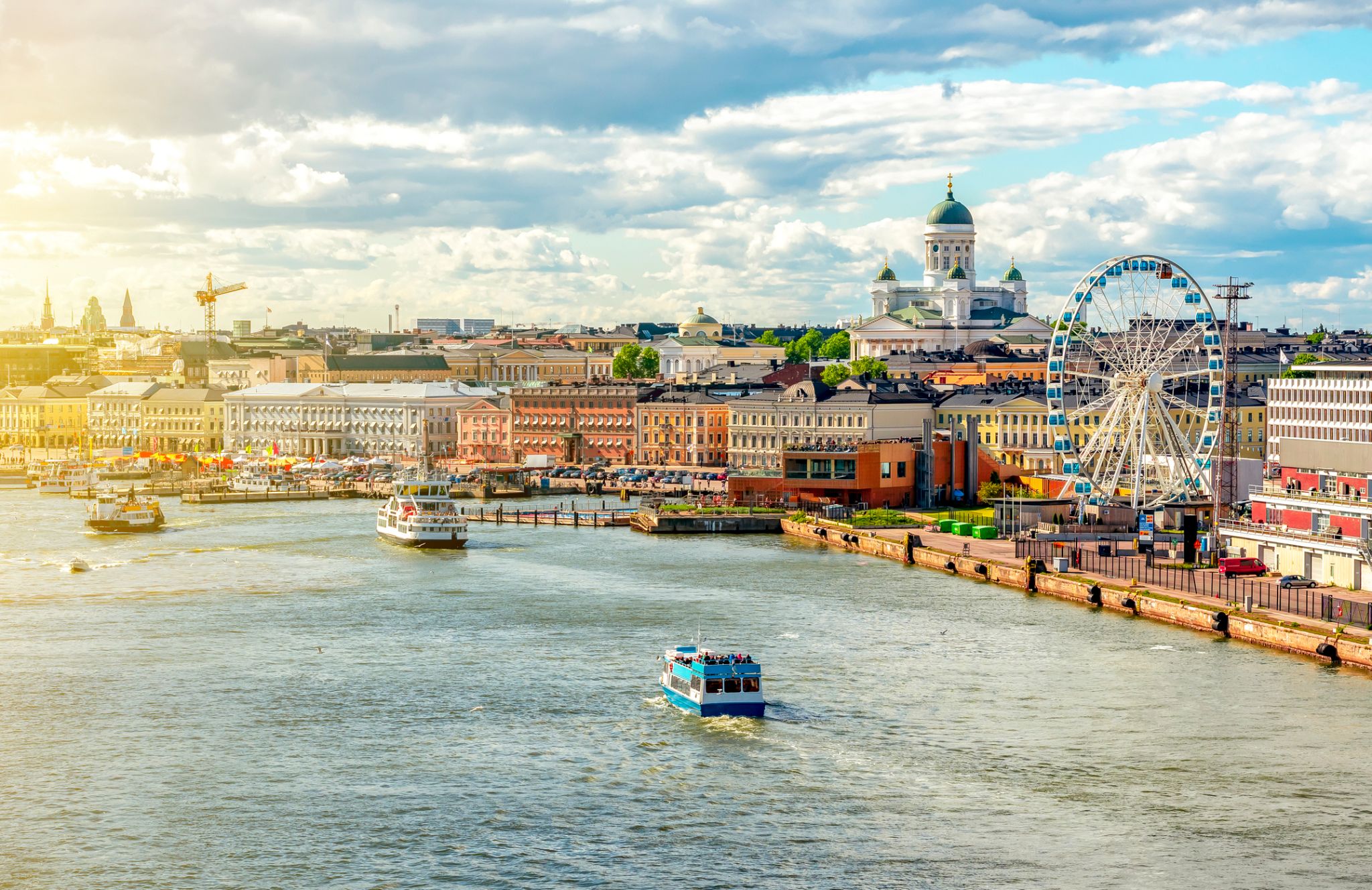
Helsinki located in the southern Finland, and has a population of 648,650. The city's urban area has a population of 1,268,296, it’s the most important center for politics, education, finance, culture, and research. Helsinki is located 80 kilometers (50 mi) north of Tallinn, Estonia, 400 km (250 mi) east of Stockholm, Sweden, and 390 km (240 mi) west of Saint Petersburg, Russia. It has close ties with these three cities.
Together with the cities of Espoo, Vantaa, and Kauniainen, and the surrounding commuter towns, Helsinki forms the Greater Helsinki metropolitan area, which has a population of nearly 1.5 million. Often being considered a metropolis of the EU member state. After Stockholm and Oslo, Helsinki is the third largest city in the Nordic countries. It is located in the city of Vantaa and is located in the city of Vantaa.
Helsinki was the World Design Capital for 2012, the 1952 Summer Olympics and the 52nd Eurovision Song Contest.

Helsinki located in the southern Finland, and has a population of 648,650. The city's urban area has a population of 1,268,296, it’s the most important center for politics, education, finance, culture, and research. Helsinki is located 80 kilometers (50 mi) north of Tallinn, Estonia, 400 km (250 mi) east of Stockholm, Sweden, and 390 km (240 mi) west of Saint Petersburg, Russia. It has close ties with these three cities.
Together with the cities of Espoo, Vantaa, and Kauniainen, and the surrounding commuter towns, Helsinki forms the Greater Helsinki metropolitan area, which has a population of nearly 1.5 million. Often being considered a metropolis of the EU member state. After Stockholm and Oslo, Helsinki is the third largest city in the Nordic countries. It is located in the city of Vantaa and is located in the city of Vantaa.
Helsinki was the World Design Capital for 2012, the 1952 Summer Olympics and the 52nd Eurovision Song Contest.

Kotka, położona na południowym wybrzeżu Finlandii nad Zatoką Fińską, łączy morski klimat, piękno przyrody i dziedzictwo przemysłowe. To jeden z najważniejszych portów w kraju, a jednocześnie zielone i przytulne miasto. Jedną z głównych atrakcji jest Morskie Centrum Vellamo, interaktywne muzeum poświęcone historii fińskiej marynarki, stoczni i życiu nadbrzeżnemu.
Miłośnicy przyrody pokochają park wodny Sapokka, znany z pięknych aranżacji krajobrazowych, fontann i unikalnych roślin, które latem prezentują się szczególnie okazale. Kotka to także świetna baza wypadowa na morskie wycieczki i wędkowanie, z wieloma wyspami w pobliżu. Dzięki dogodnemu położeniu i wielu atrakcjom, Kotka jest idealna zarówno na jednodniowe wycieczki z Helsinek, jak i na spokojny wypoczynek nad morzem.
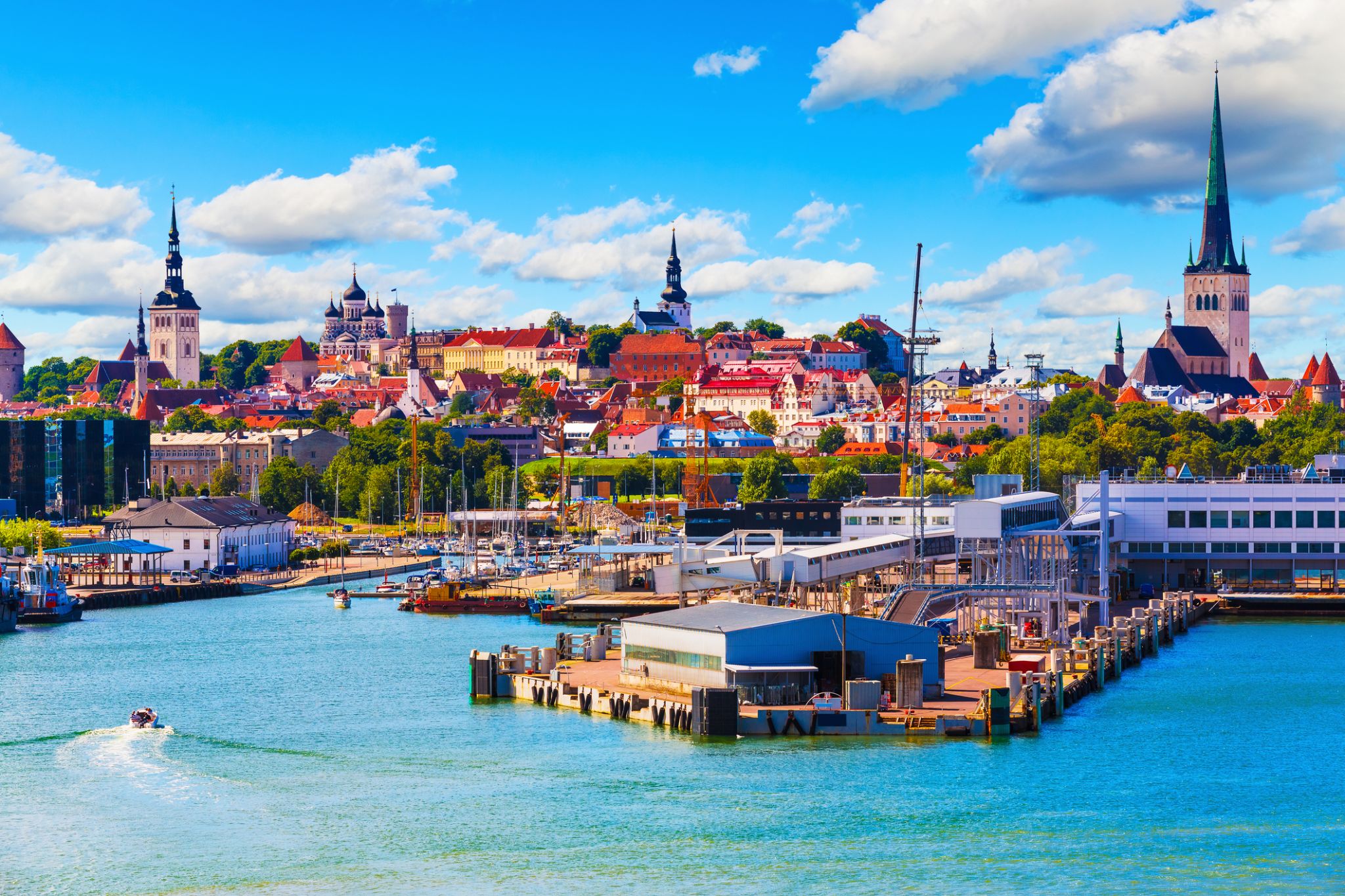
Tallinn is the capital and largest city of Estonia. It is on the northern coast of the country, on the shore of the Gulf of Finland in Harju County. From the 13th century until 1918 (and briefly during the Nazi occupation of Estonia from 1941 to 1944), the city was known as Reval. Tallinn occupies an area of 159.2 km2 (61.5 sq mi) and has a population of 453,033.
Tallinn, first mentioned in 1219, received city rights in 1248, but the earliest human settlements date back 5,000 years. The initial claim over the land was laid by the Danes in 1219, after a successful raid of Lindanise led by Valdemar II of Denmark, followed by a period of alternating Scandinavian and German rule. Due to its strategic location, the city became a major trade hub, especially from the 14th to the 16th century, when it grew in importance as part of the Hanseatic League.
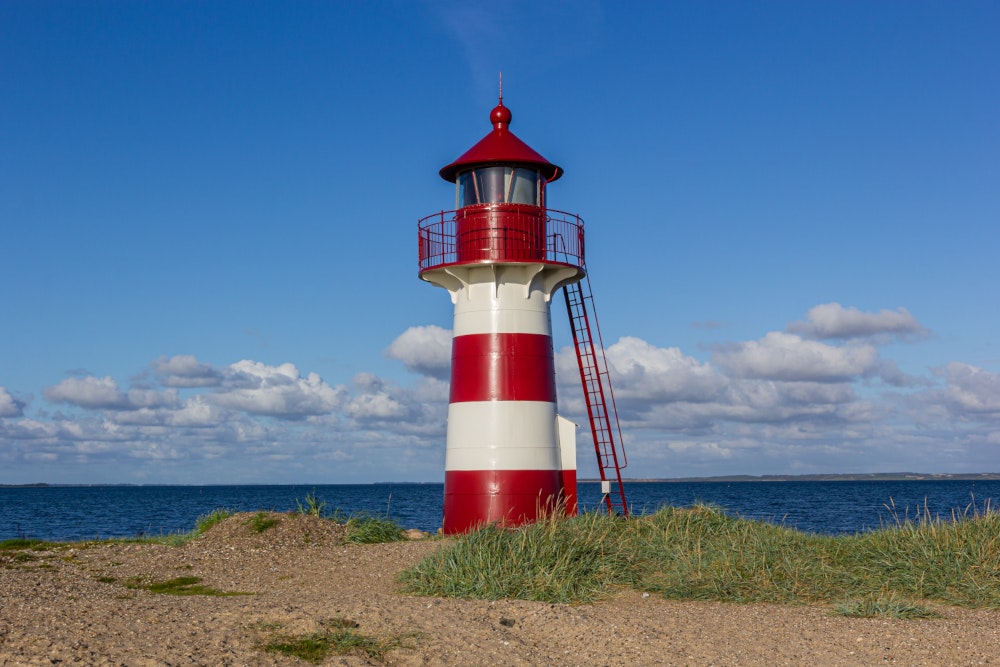

Riga is the capital and largest city of Latvia. With 637,827 inhabitants (2018), it is also the largest city in the three Baltic states, home to one third of Latvia's population and one tenth of the three Baltic states' combined population. The city lies on the Gulf of Riga, at the mouth of the Daugava. Riga's territory covers 307.17 km2 (118.60 sq mi) and lies 1–10 m (3 ft 3 in–32 ft 10 in) above sea level, on a flat and sandy plain.
Riga was founded in 1201 and is a former Hanseatic League member. Riga's historical centre is a UNESCO World Heritage Site, noted for its Art Nouveau/Jugendstil architecture and 19th century wooden architecture. Riga was the European Capital of Culture during 2014, along with Umeå in Sweden. Riga hosted the 2006 NATO Summit, the Eurovision Song Contest 2003, the 2006 IIHF Men's World Ice Hockey Championships and the 2013 World Women's Curling Championship. It is home to the European Union's office of European Regulators for Electronic Communications (BEREC).
In 2016, Riga received over 1.4 million visitors. It is served by Riga International Airport, the largest and busiest airport in the Baltic states. Riga is a member of Eurocities, the Union of the Baltic Cities (UBC) and Union of Capitals of the European Union (UCEU).



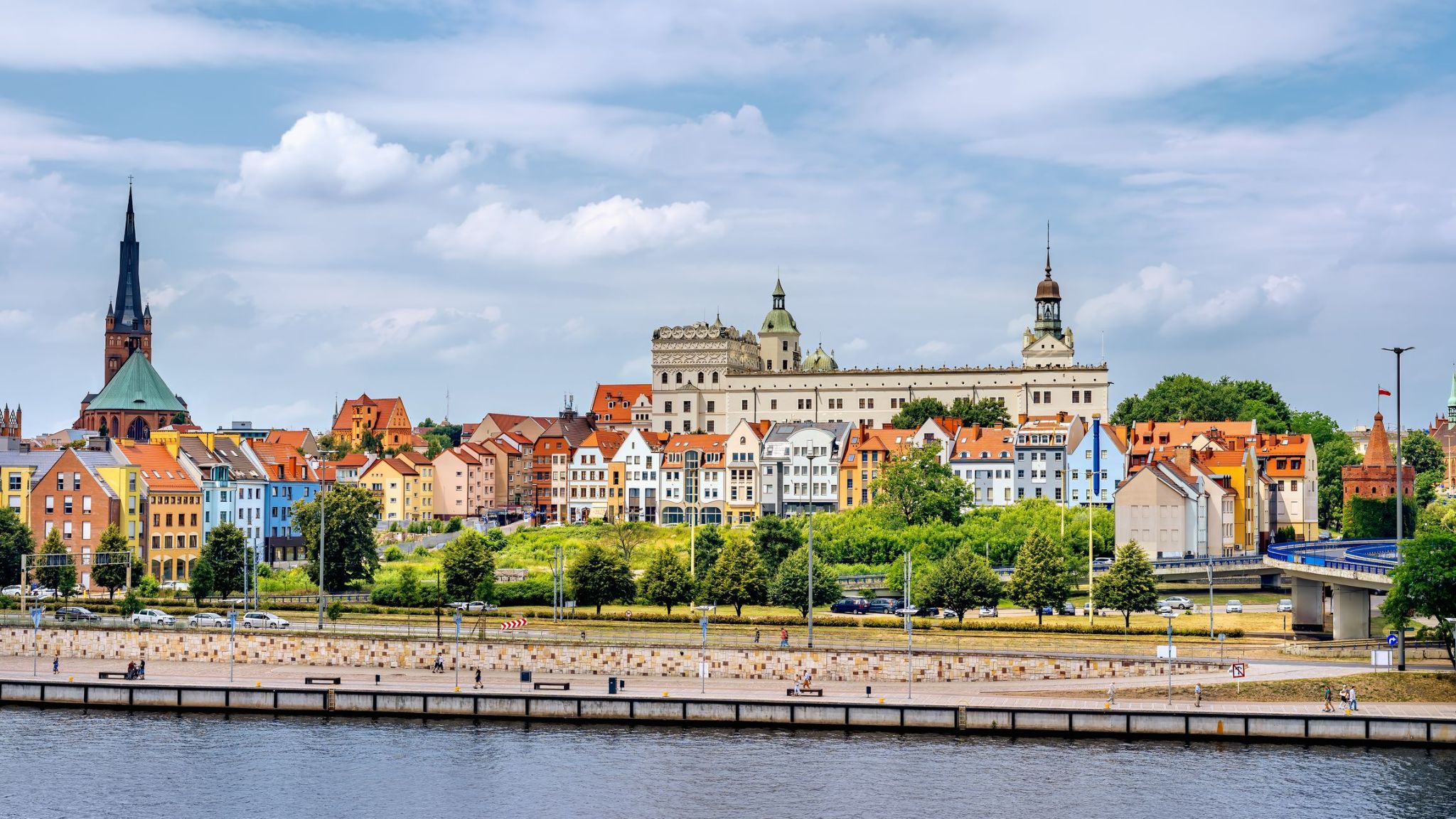
Miasto Szczecin, położone w północno-zachodniej Polsce nad rzeką Odrą, niedaleko Morza Bałtyckiego, stanowi unikalne połączenie historii morskiej, architektury pruskiej i nowoczesnego życia kulturalnego. To jeden z największych portów w kraju oraz ważny ośrodek żeglugi i przemysłu stoczniowego. Centrum miasta zaskakuje nietypowym układem ulic inspirowanym paryskimi bulwarami – z okrągłymi placami i promieniście rozchodzącymi się ulicami. Na trasie zamkowej wyróżniają się Zamek Książąt Pomorskich, katedra św. Jakuba oraz malownicza promenada nad Odrą.
Szczecin słynie także z dużej ilości terenów zielonych – liczne parki, w tym Jasne Błonia, i rozbudowana sieć alei sprawiają, że jest jednym z najbardziej zielonych miast w Polsce. Turyści chętnie wybierają się na rejsy po Odrze, odwiedzają Muzeum Sztuki Współczesnej oraz futurystyczny gmach Filharmonii, uznawany za symbol nowoczesnej architektury Polski. Dzięki bliskości granicy z Niemcami i dobrej komunikacji, Szczecin często staje się punktem wyjścia do podróży po Pomorzu Zachodnim i poza nim.

